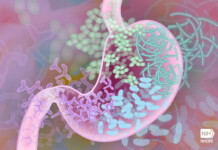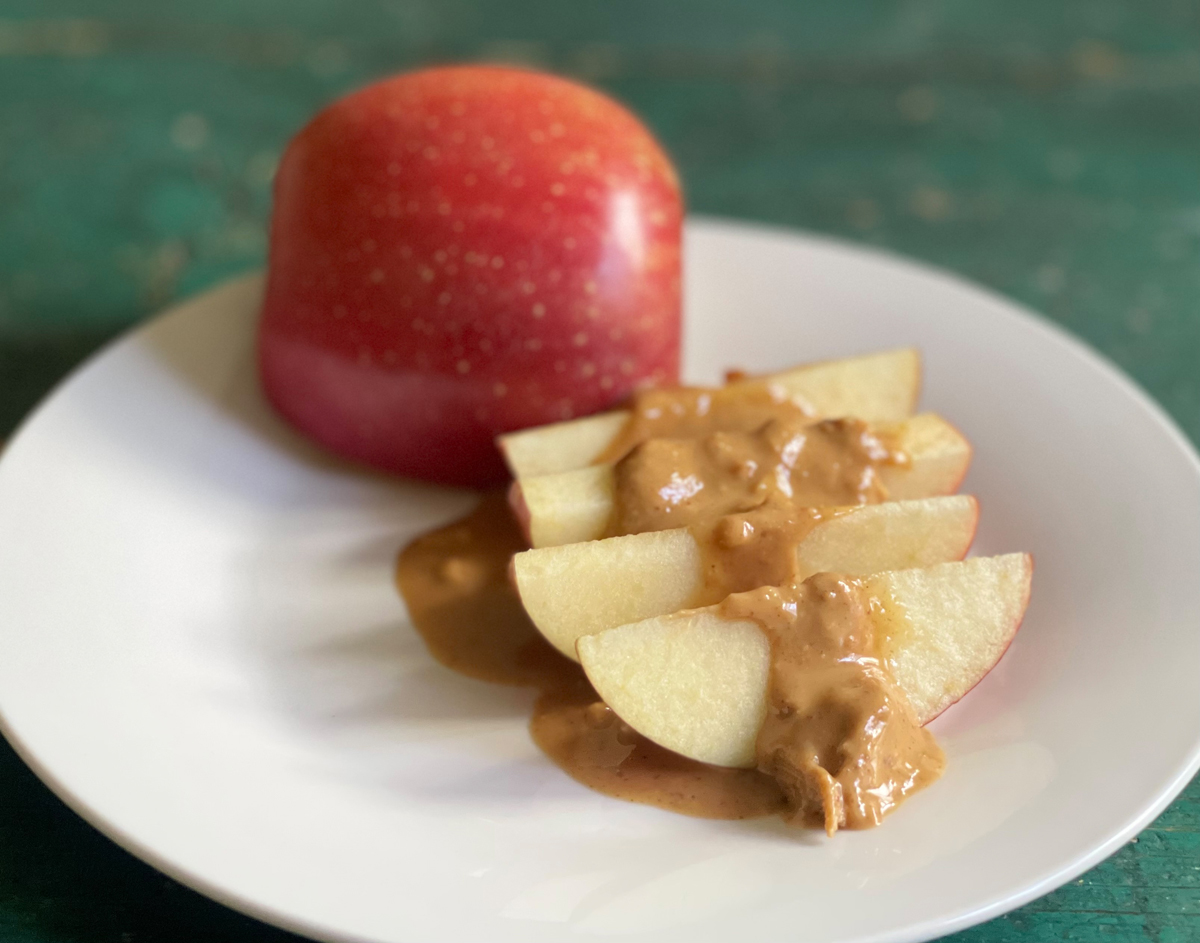By Katherine Beals, PhD, RD, FACSM, CSSD
One of the questions I’m frequently asked by athletes is whether or not sugar is “bad”. This question usually stems from concerns about the sugar content of their favorite sports foods and beverages. Do they have cause for concern? Is sugar really bad for you and should you avoid sports foods with sugar? This month’s nutrition column will tackle the current controversies surrounding sugar and the role of sugar containing sports foods in the athlete’s diet.
What is Sugar?
Sugar, or as it is scientifically known–sucrose—falls under the general classification of carbohydrates. Sucrose is considered a “simple carbohydrate” because it is chemically and structurally “simple”. It is a disaccharide (di- meaning two) comprised of two monosaccharaides– glucose and fructose—bonded together. Sucrose is present naturally in many plant foods and almost all fruits and vegetables. Of all plants, sucrose is most highly concentrated in sugar beets and sugar cane. To get the sugar that you sprinkle on your cereal, put in your coffee or find in your favorite sports food, the sucrose is simply separated from the beet or cane plant primarily using heat which produces a thick, dark syrup and then “washing” the syrup to remove the molasses, leaving the sucrose crystals. The result of this process is 99.95% pure sucrose (i.e., sugar). The sucrose from sugar beets and sugar cane is not only identical to one another, but each is the same as the sucrose present “naturally” in fruits and vegetables.
Au Natural
So, then what about products that claim to use “natural” sugar? What exactly is “natural” sugar? If we follow the strict definition, natural would mean that it comes from nature. But, wait a minute. Sugar (i.e., sucrose) comes from sugar cane and beet plants; are they not from nature?
In fact, “natural” is a just a marketing term that manufacturers [over]use to sell products. It has no formal or legal (as recognized by the FDA), biological, or nutritional meaning.
But, getting back to sugar… often people will argue that, because the sucrose has been “extracted” from the sugar cane or beet plant it is no longer “natural”. They will cite sweeteners such as cane juice, “raw’ sugar, brown sugar, fruit juice extracts, brown rice syrup, agave nectar, etc. as “natural.” However, those sweeteners also had to be “extracted” from their source in order to be included in the food product.
The fact is that all sugar products in the marketplace (i.e., raw sugar, brown sugar, cane syrup) differ only in crystal size or molasses content. Molasses adds both color and flavor. The darker the brown sugar, the more molasses it has. Fruit juice concentrates are made by first heating the fruit juices to remove water and then treating with enzymes and filtering to strip all the characteristic color and most of the flavorings from the juice. Juice concentrates that replace sugar contain traces of sucrose, and variable amounts of fructose and glucose. Brown rice syrup, also known as rice syrup or rice malt, is derived by culturing cooked rice starch with enzymes to break down the starch, followed by straining off the liquid and reducing it by evaporative heating until the desired consistency is reached. What is left is maltose, which is a disaccharide comprised of two glucose molecules. Agave nectar is extracted from the agave plant and is primarily comprised of fructose (with only small amounts of sucrose). It has been touted as being better than sucrose because it doesn’t cause blood glucose levels to rise as quickly, which for an athlete is exactly what you don’t want! In addition, large amounts of pure fructose consumed chronically have been shown to cause fatty liver in some individuals.
Perhaps, a better, more accurate definition of “natural” sugar might be sugar that is consumed within or as part of the food (vs. extracted from a food and consumed in isolation or placed in another food). But, even then, the sugar is the same (i.e., it is still sucrose) the only difference is that it is packaged in a food that provides other essential nutrients (vitamins, minerals) as well as fiber.
Is Sugar ‘bad’
Sugar has been implicated in a multitude of diseases including diabetes, heart disease, obesity, cancer and hyperactivity. Recently sugar has even been likened to cocaine in terms of its addictive potential. Public concerns regarding the negative health effects of sugar have persuaded the FDA to propose including added sugars to the mandatory list of nutrients found on the food label. Never mind that distinguishing between sugar inherent in a food and added sugar in a food product posses a near impossible measurement dilemma, since it is chemically, biologically and physiologically the same, the question is, is it really necessary?
In fact the only “disease” that sugar has been shown to directly cause is tooth decay. The others (obesity, diabetes, heart disease) are likely only related indirectly to excess sugar consumption (i.e., sugar tastes good and contains calories, so people eat more than they should leading to overweight and obesity and the overweight and obesity increases the risk of heart disease, diabetes, cancer,). And, there is no evidence to suggest that sugar causes hyperactivity.
So, in fact, it is not sugar itself that is bad, but rather, consuming too much of it, particularly when it is isolated and added to processed foods vs. consumed in the natural package from whence it came, i.e., fruits and vegetables.
Remember that sugar (sucrose) is a carbohydrate and, as was indicated in several previous articles on the subject, carbohydrate is the primary fuel for muscle contraction (particularly during moderate-to-high intensity exercise). Being a simple sugar, sucrose is not only readily digested but the composition (glucose and fructose) optimizes absorption (remember, “multiple transportable carbohydrates”), thus, maximizing the amount of carbohydrate available to the working muscle.
Bottom Line
What’s important to keep in mind is that all sweeteners added to foods, including sports bars and drinks have been “extracted” (via processing) from their food source. Thus, while they may differ slightingly in chemical structure (i.e., glucose, fructose or some combination thereof), the calorie content is the same. So, if you prefer the flavor of these other types of “sugars” or sweeteners, then, by all means, consume them. But, if you are choosing them thinking that they provide some nutritional benefit over sucrose, then you should rethink your choice. They also tend to be more expensive, thus, including them in a food product (e.g., sports bar or sports drink) will drive up the price.
The key is not to consume sugar-rich processed foods (including sports bars and drinks) in excess. Use them when necessary (during training and competition and when pressed for time before or after training bouts); but avoid overuse. Whenever possible, get your sugar from whole foods (i.e., fruits and vegetables) so that you can take advantage of the other essential nutrients that these foods provide.
Katherine Beals, PhD, RD, FACSM, CSSD. Is an Associate Professor in the Division of Nutrition at the University of Utah where she specializes in sport nutrition. She is a Fellow of the American College of Sports Medicine and a Certified Specialist in Sports Dietetics.







